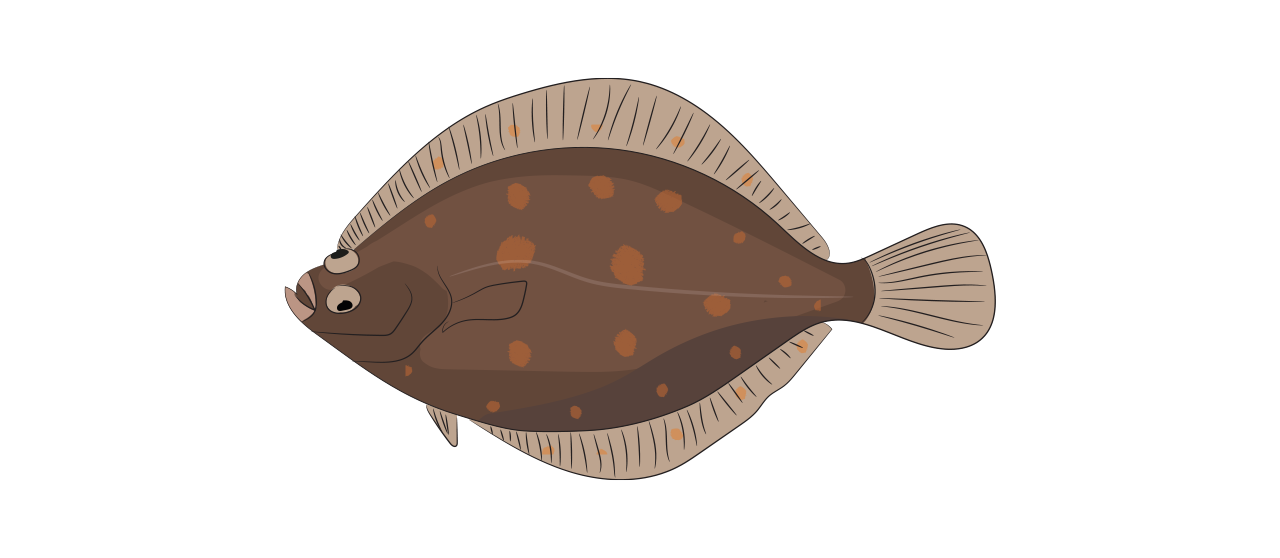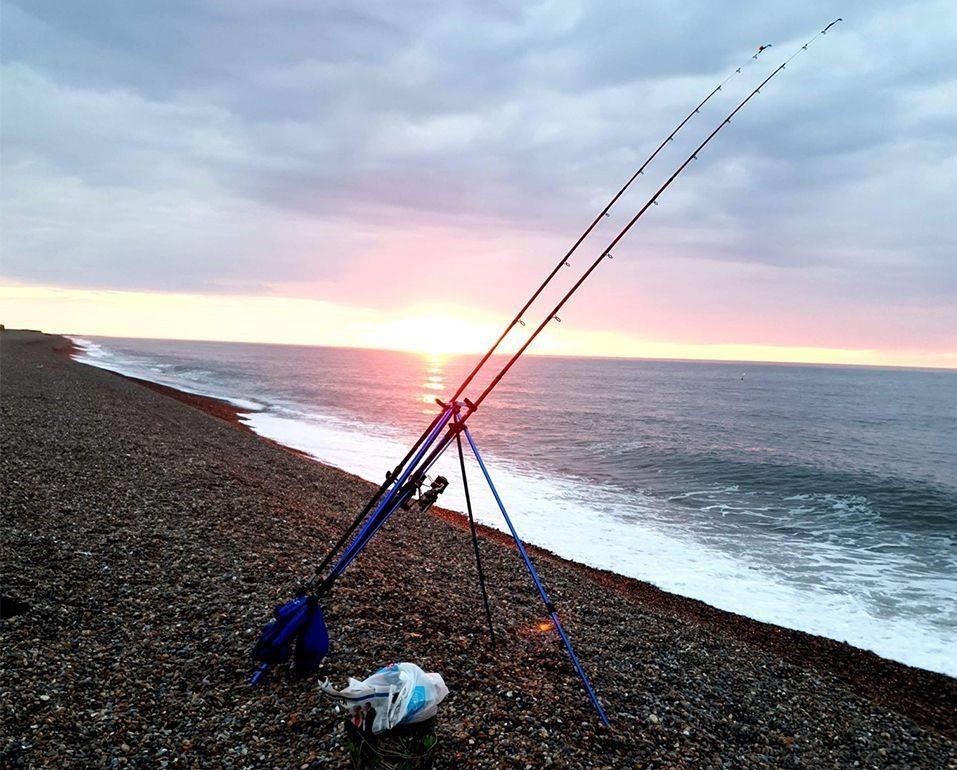Plaice | Fish Species Guide | Angling Direct

Plaice
aka Pleuronectes platessa
Plaice are right-eyed flatfish that are usually brown to grey but occasionally closer to green. Found on muddy, sandy and shingle seabeds throughout UK and Irish waters but also present across Europe, throughout the Mediterranean and the Black Sea. It can be identified by its body being spotted with small orange dots, whilst also having a white underside and covered in small, smooth scales. Plaice are also known for its 4-7 bony bumps found across the back of the head.
Plaice are impressively camouflaged. Their mottled colouration, they blend well into sandy seabeds and are usually spotted only when they move. They have orange spots all over the top of their bodies, which help distinguish them from other flatfish species.
Stats
Status
Habitat
In clear waters with little colour and sometimes found in estuaries.
Bait
Prawns, squid, lugworm & jelly worm lures.
Native or Invasive
Native
Where
Denmark, Norway, UK and Ireland, mostly in the North Sea but are also caught in the Mediterranean and Black Sea.
 Catch Experience
Catch Experience
Video
Blog Highlight
National Marine Week – Top 5 Sea Fishing Tips
With the sun shining and the family likely wanting to head to the beach, why not make the most of a visit to the coastline and bring those sea fishing rods along! Sea fishing is probably the most accessible; it's usually totally free around our...
Read More